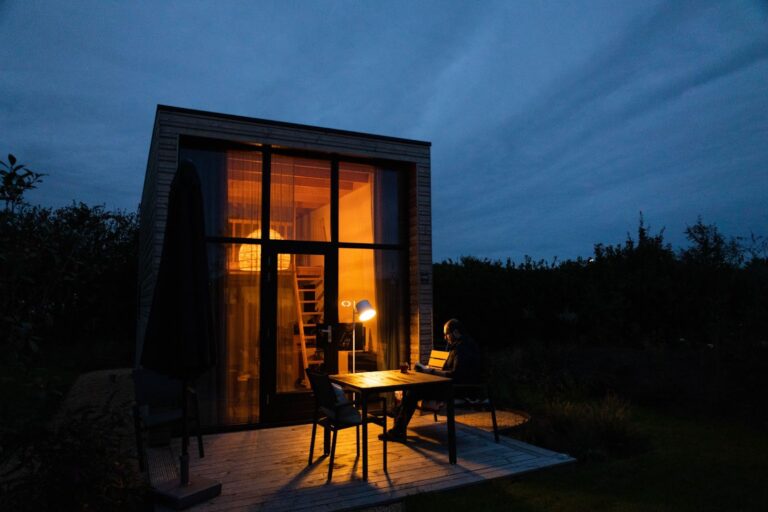5 Innovative Materials
Tiny homes have been growing in popularity over the last decade, and with the hike in housing costs, they’re just getting more popular. Whether you’re attracted to them because of the low price or like the idea that you can take your home anywhere you want to go, you’re not alone!
These five innovative materials can take your tiny home to the next level!
Why Tiny Homes are a Hit for Innovative Materials
Tiny homes are an experiment that seems to allow everyone to be a little more creative. Because they’re so small, every new house is like a canvas where you can try something brand new without having to take on a big risk.
Innovative materials are generally more expensive, and tiny homes allow you to use smaller portions for a larger impact. If you’ve ever wanted a fantastic home with a costly backsplash, you can have whatever you want because it’s more affordable at this scale.
1. Stronger, Lightweight Bases
If you’re planning on making your tiny home mobile, the base your small home is built on needs to be capable of being connected to a trailer. Insulated concrete forms are generally lighter, can trap in the temperatures you want, and are usually quick to put together.
Another perk of concrete is it’s extremely affordable! If you’re tight on budget and doing this from scratch, working with insulated concrete forms means you get to make a more energy-efficient house without breaking the bank.
2. Insulation Against Everything

Insulation should be in more than just the base of your home! Continuous insulation throughout your roof is a must. There isn’t much roof space on the average tiny home, but this space matters. Not only does it give your house the chance to handle the temperatures thrown at it, but it also ensures any moisture is kept at bay.
Insulation can also extend the life of your roof, allowing snow to melt off and the roof to handle large temperature fluctuations better.
3. Windproof Siding
If you’re planning on driving your house anywhere, it needs to be able to handle at least 60 miles per hour winds. You may think this limits you and that half-log siding is suddenly no longer an option, but it depends on the quality of the material. Talk to the company you’re getting your materials from and look at reviews.
You might not be able to find someone else who’s worked with this material in a tiny home before, but if you look at storm and hurricane reviews for this product, you’ll quickly learn what people think about this material’s wind resistance.
4. Water and Moisture Control
Water and moisture control will change how long your home lasts. This isn’t just stopping rain from getting in but also finding the best long-term water storage containers for drinking and wastewater. Look into what laws there are for these containers in your area, and create easy ways to access these if they need to be accessed. If your home is going to be stationary, this will be a lot easier on you.
5. Hurricane-Worthy Windows
Your windows are their challenge. When you drive, glass vibrates and moves, and high winds cause trouble. It would help if you had high-quality windows that will keep a seal and can handle anything being thrown at them.
Storm windows are generally a good choice! If you’re living in a large tiny-home community, or you move your house a lot, consider getting tinted windows! This isn’t just for cars; this window tint will help you create a home that feels secure regardless of where you are.
Materials to Avoid if Possible

If you’re building a tiny home, there are some materials you should try to avoid as much as possible. These include using a lot of cedar inside your home since it has a strong smell that can be overwhelming in a small space. Another material to avoid is any large glass plains in any area. Even if it’s a simple tabletop, you don’t want this to shatter into a thousand pieces if you have to break it suddenly while transporting your home.
Anything with fiberglass in it is automatically out as well. Some mattresses still use fiberglass in their materials, although they may try to reword what it’s called, avoid this material if you can. Although in a large home, you can generally avoid being affected by it, in a tiny house, you don’t want to take your chances with it.
Every Tiny House is a Feat of Engineering

Although smaller properties aren’t anything new, the need to make attractive homes that can be driven anywhere is a fun and exciting new challenge to explore. Consider some of these materials for your next tiny home project!







